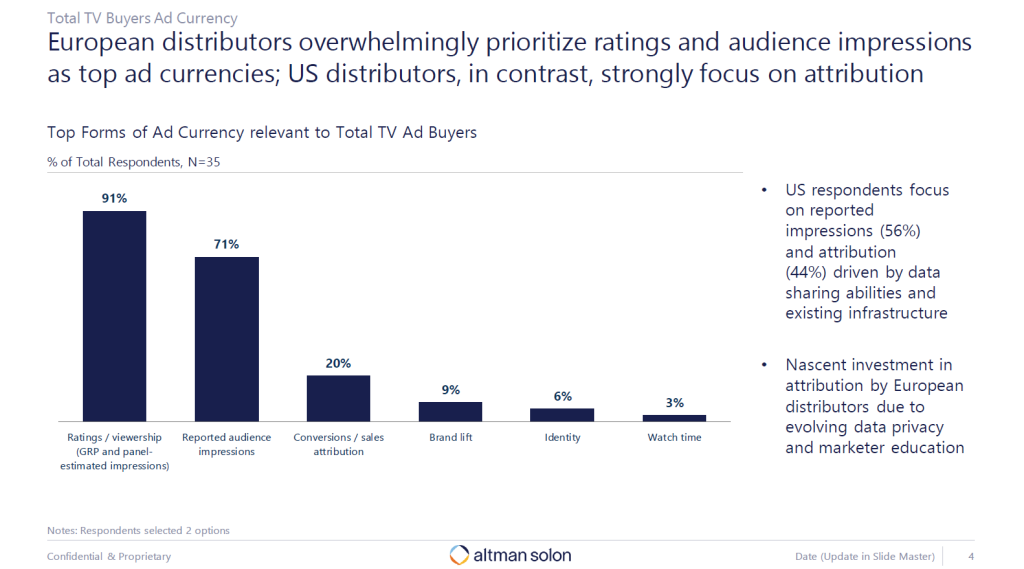The 2023 European Group of Television Advertising (EGTA) conference recently convened in Riga, examining trends shaping the future of TV and video advertising. Presentations and discussions provided valuable insights into emerging models for ad-supported video. We summarize the core themes and implications from the event.
Key Conference Insights:
- Data-driven approach optimizes ad effectiveness and TV ROI
- Linear TV retains advantages; addressable capabilities boost relevance
- Streaming gains share but risks ad overload without careful optimization
- Ad-supported OTT and FAST models open new monetization avenues
- Unified data and measurement essential to navigate fragmentation
- Creative enhancements like dynamic ads and commerce integration engage viewers
Optimizing Campaigns Through Data Focus and Testing
Used clothing marketplace Vinted emphasized its data-driven approach optimizing TV and video. Rigorous testing provides insights, with linear TV showing 6X better conversion rates over YouTube in target demos. Benchmarking to a no advertising scenario evaluates true impact. Markets with digital versus linear effectiveness require tailored strategies.


Linear TV Retains Strengths; Addressable Capabilities Rising
Linear TV maintains sizable reach and engagement advantages according to multiple presenters. Declines require mitigating losses through strategies like disabling fast-forwarding. Addressable TV adoption is rising to boost targeting and results. Broadcasters must continue enhancing linear even as streaming grows.


Risks of Ad Overload with Streaming’s Growth
But streaming’s share is expanding, contributing to ad overload. Best practices from services like Peacock show streaming does not have to mean more ads. Careful optimization of length and pod sizes balances monetization and retention. Maintaining ad loads comparable to leading platforms helps avoid tune-out.
New Streaming Models Expand Monetization
Multiple presenters highlighted evolving streaming models to open new revenue streams. Ad-supported OTT and free, ad-supported streaming TV (FAST) diversify offerings for changing consumer behaviors. But smaller niche players will still face challenges competing with major services.
Unified Data and Measurement Essential for Fragmentation
As options multiply, measurement and insights tools become critical. Providers like Cflight simplify reporting across channels. Enhanced forecasting guides investment. But cross-platform data linkage and marketer education on digital buying remain hurdles. Distributors need accurate blending of ratings and streaming data.
Innovative Ad Formats Engage Viewers
Finally, to break through clutter, creative enhancements resonated. Presenters cited dynamic ad insertion, commerce integrations, personalized product placements, interactive engagement, and digital out-of-home as key opportunities. Data-driven creative helps address complex targeting requirements as consumption fragments.
In summary, linear TV retains strengths but requires continued innovation to stay competitive as viewing evolves across devices and streaming platforms. Strategic investment in data, measurement, audience segmentation, and creative advertising experiences will shape the future landscape.
